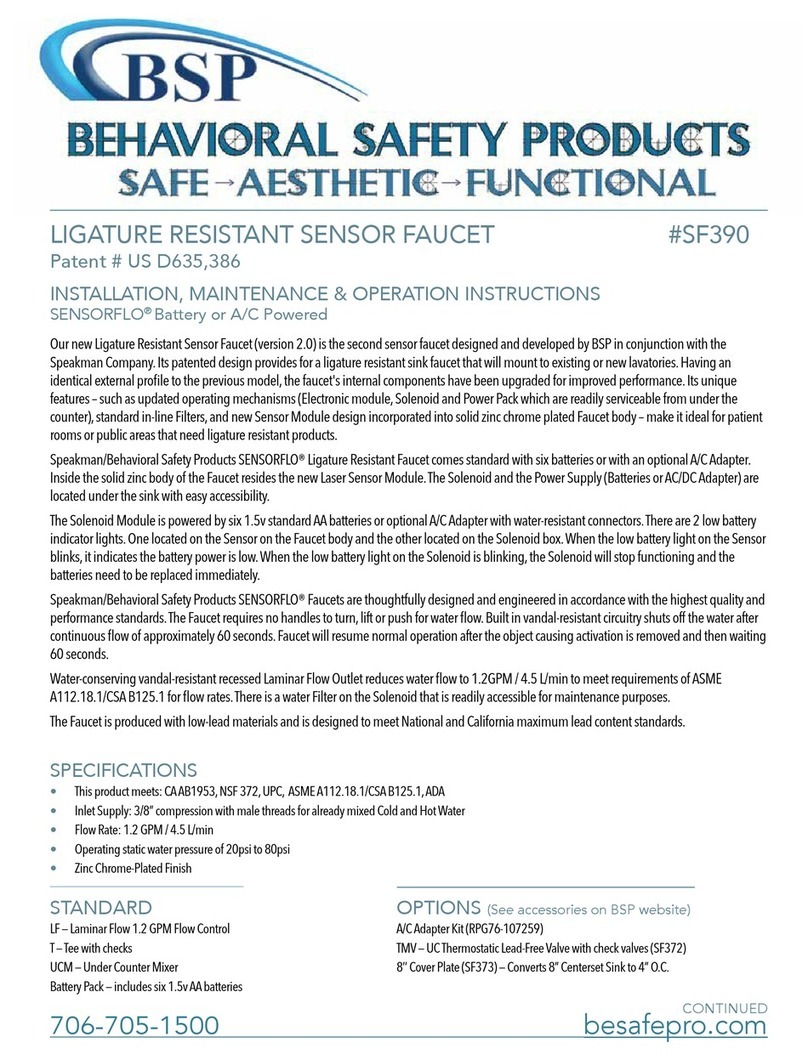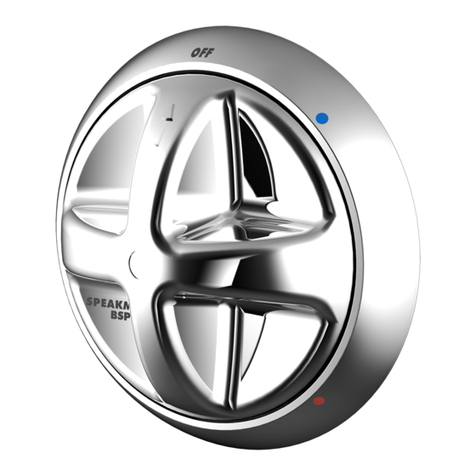
4421 1999 REV - Page 5
1. GENERAL SAFETY
1.1 Foreword
The purpose of this Service Manual is to provide equipment owners and operators with all information
necessary for the correct use and maintenance of Hydraulic Hammers.
For pile driving to be safely and efficiently undertaken, rig operators need to be experienced in general
techniques and to have good working knowledge of the mechanical features of the Hydraulic Hammer
and ancillary fittings.
We strongly recommend that this publication be read and understood by all staff concerned before the
hammer is operated in the field.
BSP products are engineered for reliable operation and long life in normal conditions of use; reliability
and life can be extended by careful and regular maintenance following the recommendations in the
maintenance section of this manual.
The manual also contains a fully illustrated Parts List and attention of all users is drawn to the preferred
parts ordering procedure.
A. General Orders
When unloading and unpacking the unit use extreme care. For your protection, make thorough
inspection of the unit immediately on delivery. In case of any damage or shortage notify the
transit agent at once and have the delivery carrier make a notation on the freight bill.
B. Safety Precautions
Safety is basically common sense. There are standard safety rules but each situation has its own
peculiarities which cannot always be covered by rules. Therefore, your experience and common
sense will be your best guides to safety. Be ever watchful for safety hazards and correct
deficiencies promptly. Use the following safety precautions as a general guide so safe
operations:
- Never adjust or repair the unit while it is in operation.
-Remove all tools and electrical cords before starting.
For safety information on the use and handling of diesel fuel and hydraulic mineral oil refer to the
information in the operating manual for the Hydraulic Power Pack
WARNING –The hydraulic system includes nitrogen gas charged accumulators.
Before servicing the hydraulic system, ensure that any retained hydraulic pressure is allowed to
dissipate,
Accumulators are subject to inspection in use according to applicable national regulations
ALL APPLICABLE SAFETY PRECAUTIONS AND RELEVANT SAFETY LEGISLATION SHOULD BE
OBSERVED WHEN OPERATING AND USING HYDRAULIC HAMMERS.
1.2 Safety at Work
NOISE - The use of all types of pile driving equipment will produce noise to varying degrees, which can
be injurious to health.
EAR PROTECTORS - Must be used at all time when in the vicinity of any pile driving operation.
PROTECTIVE CLOTHING - Safety helmets must be worn at all times on construction sites. It is also
recommended that safety boots, safety glasses and fluorescent safety jackets are worn. Life jackets
should be worn in marine sites





























